These days I was thinking about the history of various piece of clothing and came to my mind to do just this small section dedicated to the history of a particular garment or a brand, because I think it’s interesting to understand “what is behind” what we wear. Today’s post is dedicated to the history of the MINI 😉
In questi giorni stavo pensando alla storia di vari capi di abbigliamento e mi è venuto in mente di fare questa piccola rubrica proprio dedicata alla storia di un capo in particolare o di un brand, anche perché penso sia interessante capire “cosa c’è dietro” ciò che indossiamo. Il post di oggi è dedicato alla storia della MINI 😉
The authorship of the miniskirt is discussed as much as her arrival on the scene in the world: someone say it was born in 1963 from the hands of Mary Gant and then it has become a flagship piece of Swinging London (set of cultural tendencies, born in the UK and embraced mainly by youth oriented towards a dynamic future and new), according to others was born in 1964 in France by André Courrèges. However, the same Gant says that the mini-skirt was created by the road.
The “downsizing” of the skirts that were uncomfortable, long and heavy fabrics was accompanied to the loss of inches of clothing that became shorter to the delight of women who liberated not only their legs but they were also less hindered in their movements. The miniskirt winked to the feminist movement that saw in that piece of clothing the symbol of the conquest of their sexual freedom.
However, if in the first period the miniskirt literally depopulated in the world of women, after it was no longer looked upon favorably: especially by designers such as Coco Chanel (which considered indecent) or Dior, but also by feminists who, seeing the advertising that exploited the image of women as objects in short skirts, began to wear long skirts and pants.
In recent years the trend of the miniskirt is sometimes “in” sometimes “out”, but because it was in a sense replaced by hot-pants, more comfortable and versatile, and to some extent also from lower waist jeans, too provocative, but still pants.
La paternità della minigonna è discussa tanto quanto la sua entrata in scena nel mondo: c’è chi dice che sia nata nel 1963 dalle mani di Mary Gant e che poi sia diventato un pezzo di punta dello Swinging London (insieme di tendenze culturali, nato nel Regno Unito e abbracciato prevalentemente dai giovani orientati verso un futuro dinamico e nuovo); secondo altri invece nacque nel 1964 in Francia da André Courrèges. Tuttavia la Gant stessa dice che non fu lei nè Courrèges a crearla, ma la strada.
Il “ridimensionamento” delle gonne che prima erano scomode, lunghe e in tessuti pesanti si accompagnò anche alla perdita di centimetri di vestiti che diventarono più corti per la gioia delle donne che liberarono non solo le proprie gambe ma furono anche meno impedite nei loro movimenti. La minigonna strizzò l’occhio al movimento femminista che vide in quel capo d’abbigliamento il simbolo della conquista della loro libertà sessuale.
Tuttavia se in un primo periodo la minigonna spopolò letteralmente nel mondo femminile, in seguito non fu più guardata di buon occhio: soprattutto dagli stilisti come ad esempio Coco Chanel (che la considerava indecente) o Dior, ma anche dalle femministe che, vedendo le pubblicità che sfruttavano l’immagine della donna-oggetto in minigonna, cominciarono a mettersi gonne lunghe e pantaloni.
Negli ultimi anni il trend della minigonna è andato e venuto, anche perchè è stata in un certo senso sostituita da hot-pants, più comodi e versatili, e in una certa misura anche da pantaloni a vita bassa, ugualmente provocanti, ma pur sempre pantaloni.
Francesca
[learn_press_profile]





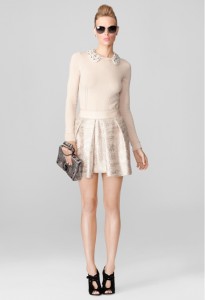
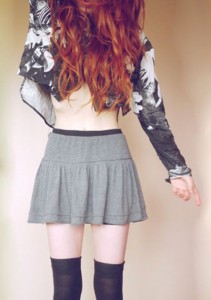


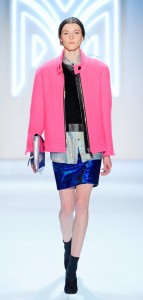

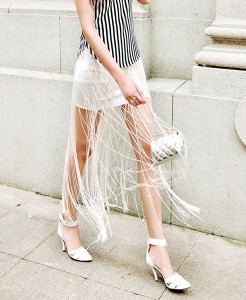


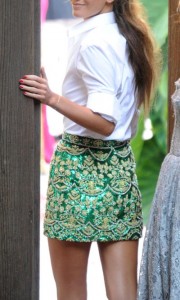

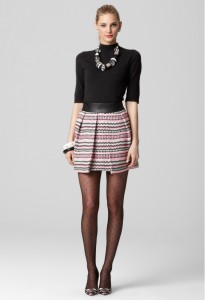

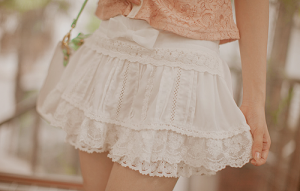
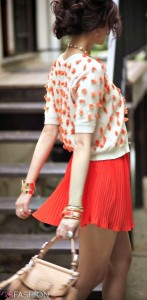





4 Commenti
Great post i love the pictures. love minis:-):-)
Yes we would love to for each other. we already do and hope that you will do the same. kisses from KENYA
I added you on gfc 😀
Hi! Thanks for visiting my blog 😉 I follow you!
http://www.mvesblog.com